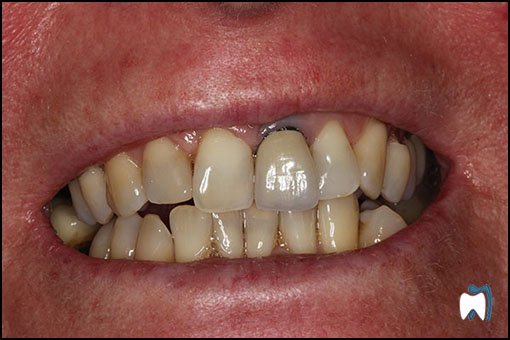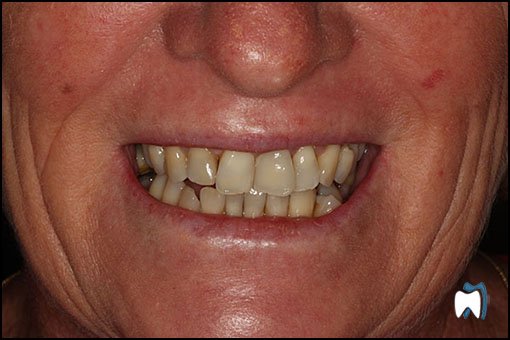dental implants
Dental implants are metal cylinders made of titanium, that are surgically placed in the jawbone where teeth are missing. Implants replace the roots of missing teeth and support single crowns, large bridges and dentures – synthetic teeth that look, function and feel like natural teeth.
Dr. Grundlingh chooses to only use dental implants made of the highest international quality with more than 10-years of research showing the best long-term outcome. All materials used to restore the implants are of the finest quality combined with the best aesthetics and all implants are handcrafted by only the best technician under Dr. Grundlingh’s instructions.


Types of Dental Implants:
- Endosteal (in the bone): This is the most commonly used type of implant. The various types include screws, cylinders or blades surgically placed into the jawbone. Each implant holds one or more prosthetic teeth. This type of implant is generally used as an alternative for patients with bridges or removable dentures.
- Subperiosteal (on the bone): These are placed on top of the jaw with the metal framework’s posts protruding through the gum to hold the prosthesis. These types of implants are used for patients who are unable to wear conventional dentures and who have minimal bone height.
Are You a Candidate for Dental Implants?
The ideal candidate for a dental implant is in good general and oral health. Adequate bone in your jaw is needed to support the implant, and the best candidates have healthy gum tissues that are free of periodontal disease. Dental implants are intimately connected with the gum tissues and underlying bone in the mouth.
If you are considering dental implants, book a consultation with Dr. Grundlingh. Following a thorough examination, he will advise you on the best course of action to suit your individual needs.
The Dental Implant Procedure:
First, Dr. Grundlingh surgically places the implant into the jawbone. Dr. Grundlingh may recommend a diet of soft foods, cold foods and warm soup during the healing process.
Next, the bone around the implant heals in a process called osseointegration. What makes an implant so strong is that the bone actually grows around it and holds it in place. Osseointegration means “combines with the bone” and takes time. Some patients might need to wait until the implant is completely integrated, up to several months, before replacement teeth can be attached to the implant. Other patients can have the implants and replacement teeth placed all in one visit.
Finally, it’s time for the placement of the artificial tooth/teeth. For a single tooth implant, Dr. Grundlingh will customize a new tooth for you, called a dental crown. The crown will be based on size, shape, color and fit, and will be designed to blend in with your other teeth. If you are replacing more than a single tooth, custom-made bridges or dentures will be made to fit your mouth and your implants. (Note: The replacement teeth usually take some time to make. In the meantime, Dr. Grundlingh may give you a temporary crown, bridge or denture to help you eat and speak normally until the permanent replacement is ready.)
As you know, your own teeth require conscientious at-home oral care and regular dental visits. Dental implants are like your own teeth and will require the same care. In order to keep your implant clean and plaque-free, brushing and flossing still apply!
FOLLOW-UP CARE
After treatment, Dr. Grundlingh will work closely with you and your dentist to develop the best care plan for you. Follow-up visits will be scheduled to monitor your implant, teeth and gums to make sure they are healthy.
Chronic illnesses, such as diabetes or leukemia, may interfere with healing after surgery. Patients with these issues may not be good candidates for implants. Using tobacco can also slow healing.

